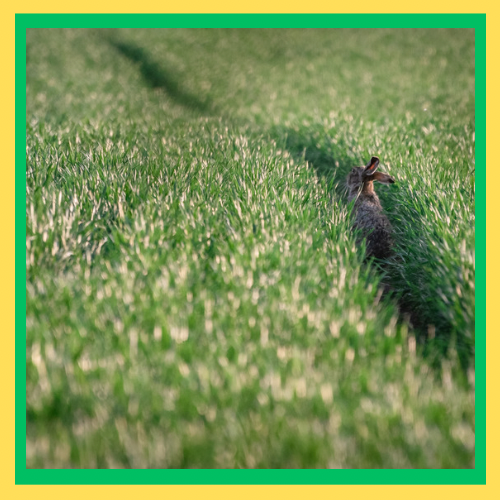
In todays world, where habitats are becoming increasingly fragmented wildlife pathways have become a conservation strategy to uphold biodiversity and ecosystem well being. These pathways serve as connections between habitats, enabling animals to move seek mates and access vital resources. By promoting mixing and minimizing conflicts between humans and wildlife wildlife corridors play a role in safeguarding the survival of numerous species. This article delves into the concept of wildlife corridors, their significance in conservation efforts and highlights initiatives worldwide.
Understanding Wildlife Corridors
What Are Wildlife Corridors?
Wildlife corridors refer to natural habitat stretches that link animal populations. These corridors can manifest in forms such as spaces, underpasses, overpasses, riverbanks and even agricultural areas managed with wildlife preservation in mind. The primary purpose of these corridors is to offer pathways for animals to travel between habitats that would otherwise be cut off due to interventions like urbanization agriculture activities and infrastructure development.


The Significance of Wildlife Corridors
Wildlife corridors hold importance for reasons:
1. Genetic Diversity: Isolated animal groups face the risk of inbreeding issues that could result in genetic abnormalities and decreased adaptability, to environmental shifts. Corridors facilitate interchange among populations leading to enhanced diversity and resilience.
2. Resource Access: Many animals need areas to find food, water and shelter. Corridors help them move between places to meet their requirements during seasonal migrations or changes in the environment.
3. Climate Adaptation: With climate change impacting habitats wildlife corridors allow species to travel to environments assisting them in adjusting to changing conditions.
4. Reducing Human-Wildlife Conflicts: To decrease conflicts between humans and wildlife corridors offer routes for animals decreasing the chances of animals encroaching on settlements and farmlands thus reducing conflicts.
Successful Projects for Wildlife Corridors
1. Yellowstone to Yukon Conservation Initiative (Y2Y)
One of the renowned wildlife corridor projects is the Yellowstone to Yukon Conservation Initiative (Y2Y). Stretching over 2,000 miles (3,200 kilometers) from Yellowstone National Park in the United States to the Yukon in Canada Y2Y aims to establish a passage for wildlife. This initiative has played a role in conserving habitats for species, like grizzly bears, wolves, elk and lynx.
The success of Y2Y is credited to its approach involving governments, indigenous communities, conservation groups,
and private landowners.
Through collaboration these stakeholders have preserved habitats, revitalized areas and advocated for land use practices that are beneficial to wildlife.
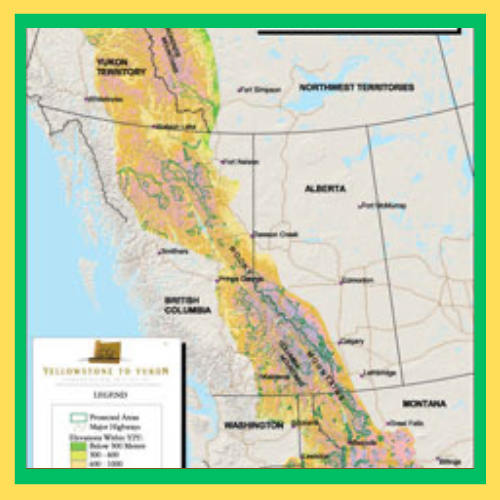
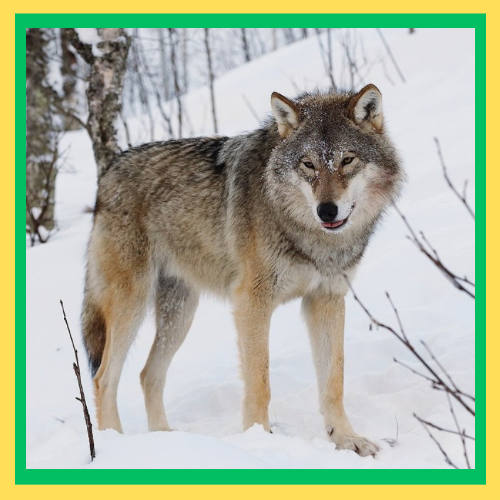
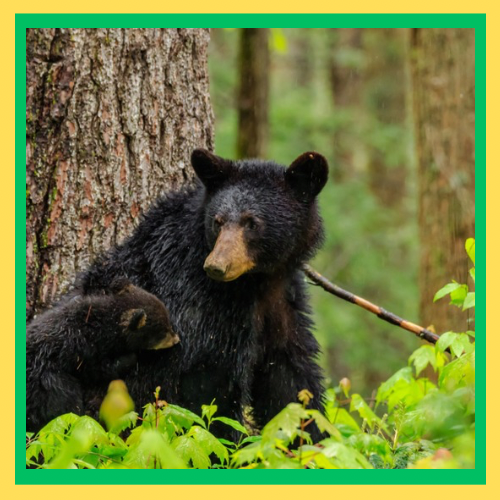
2. The European Green Belt
An wildlife corridor initiative known as the European Green Belt traces the path of the Iron Curtain, which once separated Europe during the Cold War. Extending from the Barents Sea in the north to the Adriatic Sea in the south this corridor spans over 7,500 miles (12,000 kilometers).
The European Green Belt links ecosystems like forests, wetlands and grasslands providing a home for a range of species including bears, wolves, lynxes and numerous bird species. This project has turned a symbol of division into a symbol of unity and conservation by encouraging collaboration across borders.
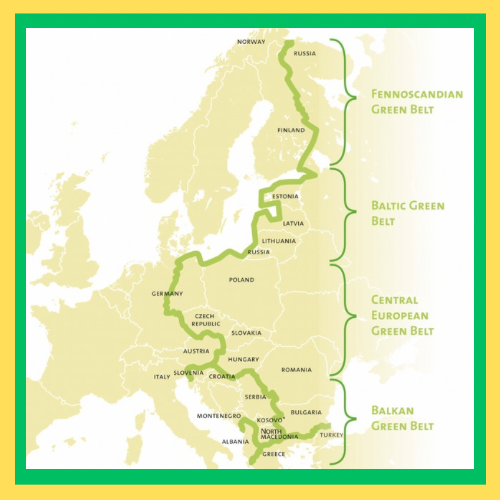
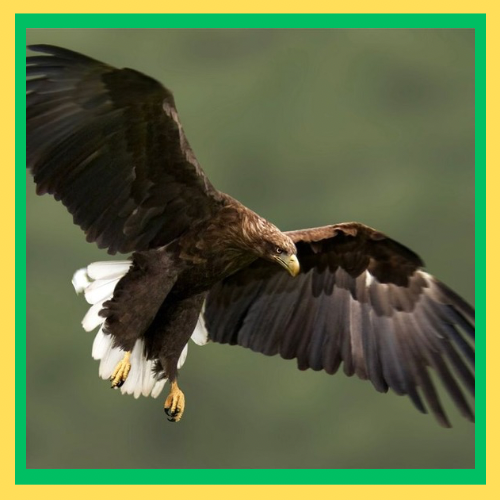
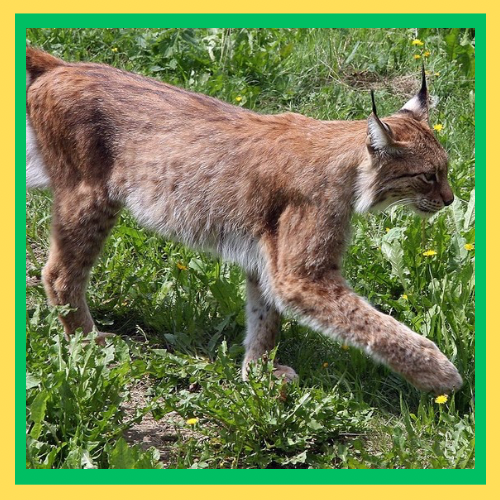
3. The Eastern Wildway
A thinking endeavor called the Eastern Wildway aims to establish a wildlife corridor along the United States from Florida to the Canadian Maritimes. Led by the Wildlands Network this initiative aims to safeguard and rehabilitate habitats for species such, as Florida panthers, black bears and bobcats.
The Eastern Wildway utilizes existing protected areas while also advocating for reserves conservation easements and wildlife crossings.
By linking habitats this corridor aims to ensure the long term survival of wildlife in one of the most densely populated regions in North America.
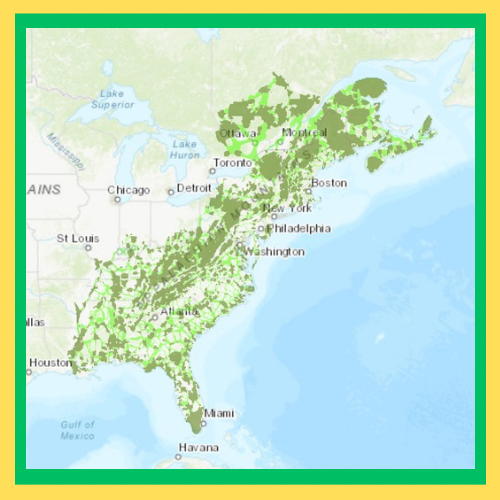
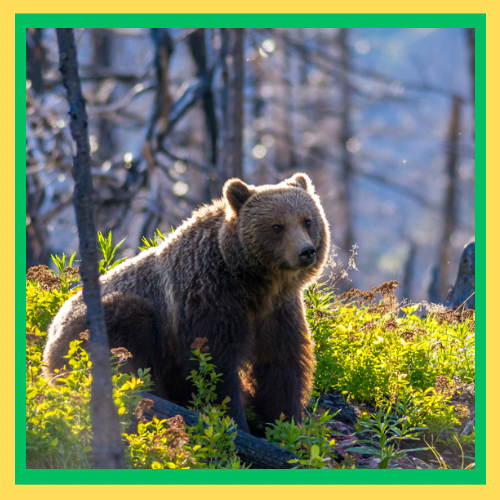
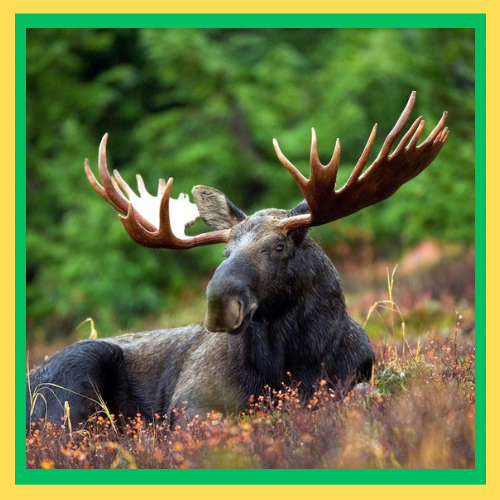
4. Gondwana Link
The Gondwana Link project in Australia focuses on reconnecting habitats in the southwest region of the country known for its biodiversity. Spanning over 600 miles (1,000 kilometers) this corridor connects patches of vegetation across a landscape significantly impacted by agriculture.
The main objectives of Gondwana Link include restoring habitats safeguarding remaining vegetation and promoting land management practices. Notably this initiative has made strides in improving habitat connectivity for species such as the western ringtail possum, chuditch (western quoll) and a variety of bird species.
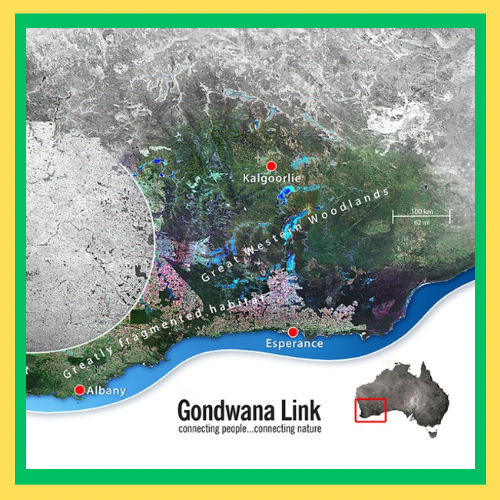
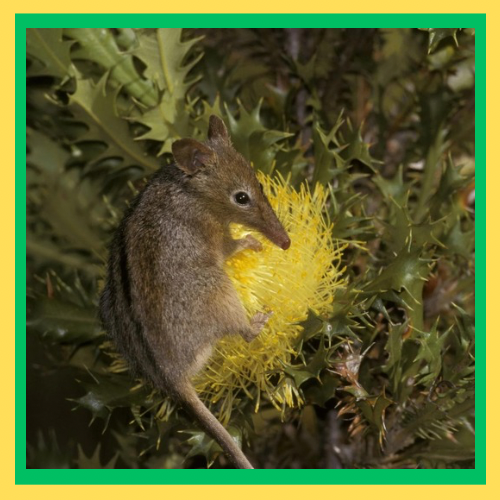
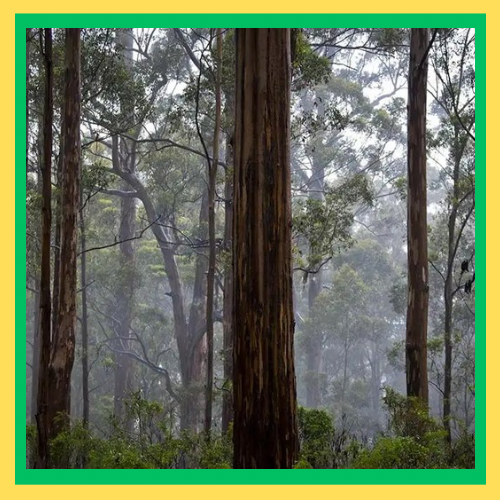
Challenges and Considerations
Although wildlife corridors offer benefits their implementation can pose challenges that careful planning and consideration of several key factors:
1. Land Ownership and Use: Wildlife corridors often pass through lands owned by stakeholders like landowners, government entities and indigenous communities. Successful corridor projects depend on cooperation and agreements that strike a balance between conservation objectives and land use requirements.
2. Resources: Establishing and maintaining wildlife corridors can be resource demanding. Securing funding for tasks like land acquisition, habitat restoration and ongoing management is vital, for ensuring the success of endeavors.
Understanding it is crucial to have knowledge about the requirements and behaviors of target animal species when planning effective corridors. This includes understanding their preferred habitats, migration routes, and any obstacles that could hinder their movement.
3. Interaction Between Humans and Wildlife: Despite efforts to minimize conflicts interactions between humans and wildlife are inevitable when it comes to corridors. Implementing measures like wildlife crossings and engaging with the community are essential for managing and reducing these interactions.
The Future of Wildlife Corridors
As human actions continue to fragment environments the importance of wildlife corridors becomes increasingly urgent. Integrating corridors into development, infrastructure projects and land use regulations is vital for their adoption. Advancements in technology such as tracking animals and using sensing can improve our knowledge of animal movements. Help design more efficient corridors.
Public awareness and support play a role well. Educating communities about the significance of wildlife corridors and involving them in conservation endeavors can instill a sense of responsibility. Ensure the lasting success of these initiatives.
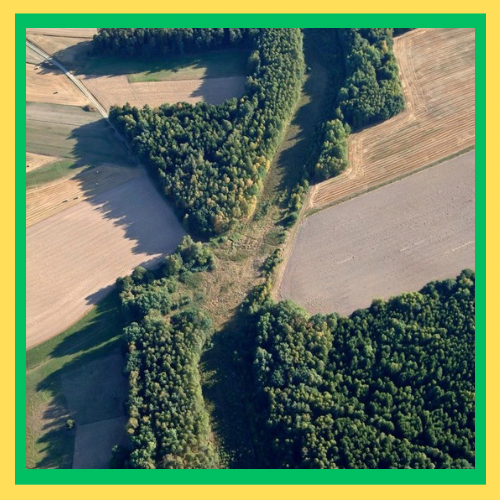
Conclusion
Wildlife corridors offer a solution, for conserving biodiversity in a world marked by habitat fragmentation. By connecting habitats they allow species to move freely access resources and sustain populations.
Projects, like the Yellowstone to Yukon Conservation Initiative, the European Green Belt, the Eastern Wildway and Gondwana Link show how wildlife corridors can safeguard animals and enhance resilience.
In a world grappling with habitat fragmentation and climate change wildlife pathways provide optimism, for preserving Earths biodiversity. By working planning and involving the public we can establish a network of interconnected habitats that secures the future of numerous species for years to come.
References:
1. Yellowstone to Yukon Conservation Initiative. https://y2y.net
2. European Green Belt Initiative. https://www.europeangreenbelt.org
3. Wildlands Network – Eastern Wildway. https://www.wildlandsnetwork.org/resources/eastern-wildway-map
4. Gondwana Link. https://gondwanalink.org
5. World Wildlife Fund – Wildlife Corridors. https://www.worldwildlife.org/stories/can-farming-in-wildlife-corridors-benefit-people-and-biodiversity
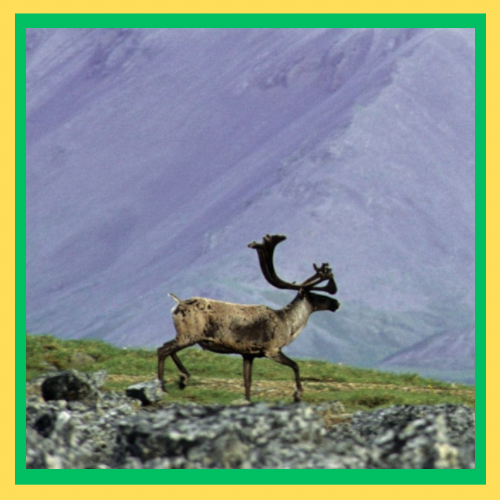
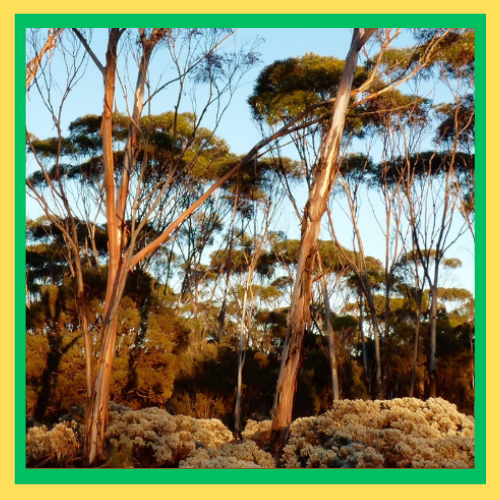
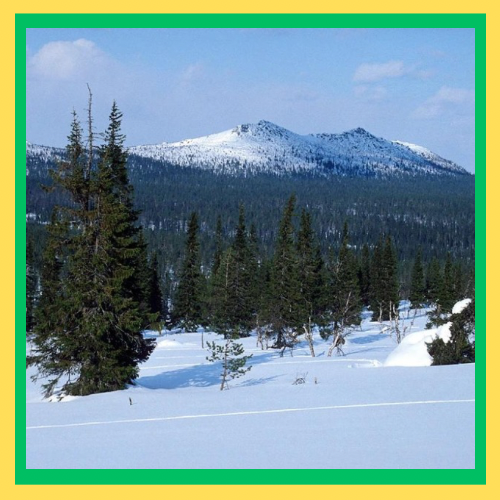





Thanks for sharing. I read many of your blog posts, cool, your blog is very good.
Thanks for sharing. I read many of your blog posts, cool, your blog is very good.
Thanks for sharing. I read many of your blog posts, cool, your blog is very good.
Thanks for sharing. I read many of your blog posts, cool, your blog is very good.
Thanks for sharing. I read many of your blog posts, cool, your blog is very good.
Thanks for sharing. I read many of your blog posts, cool, your blog is very good.